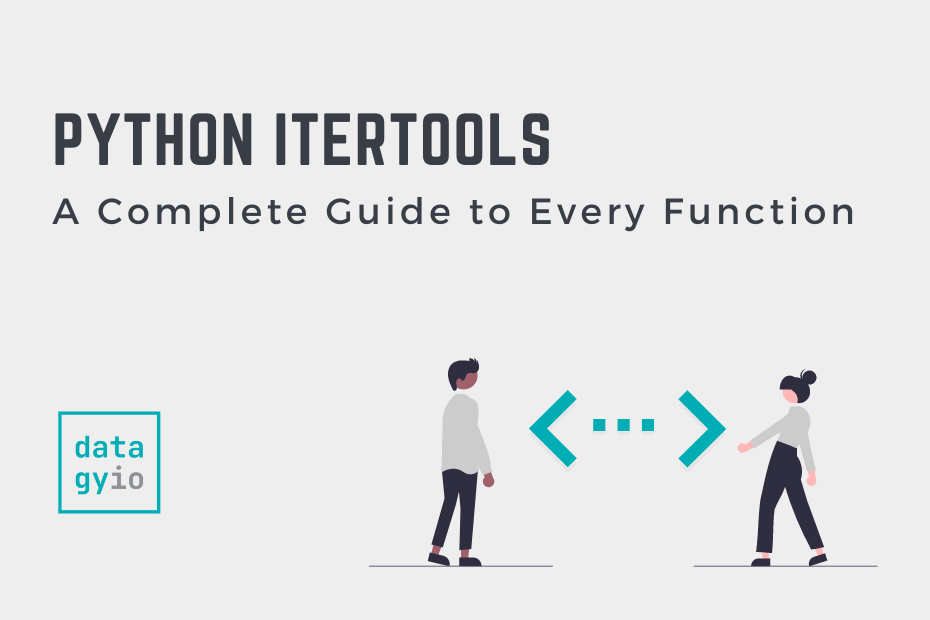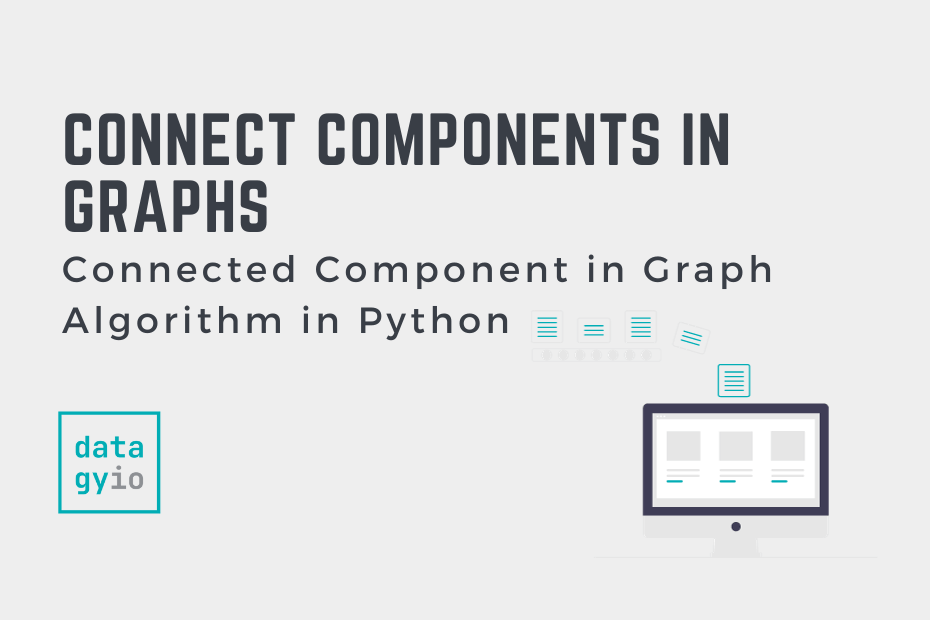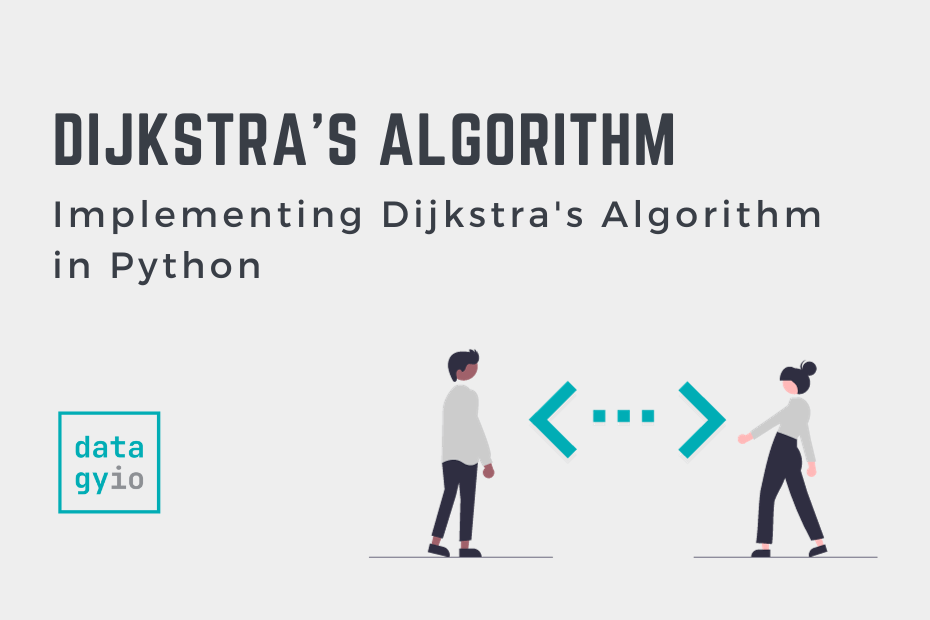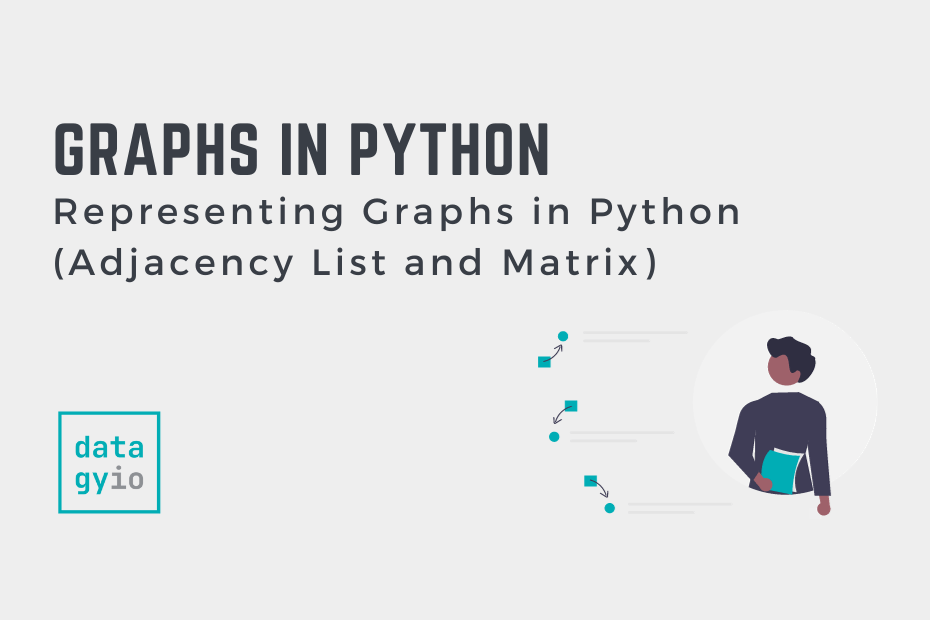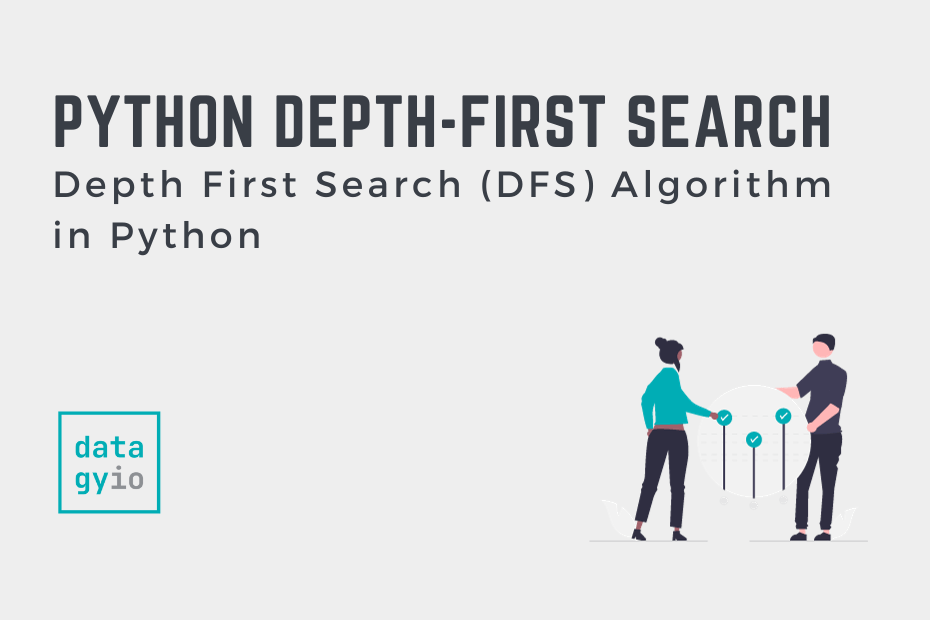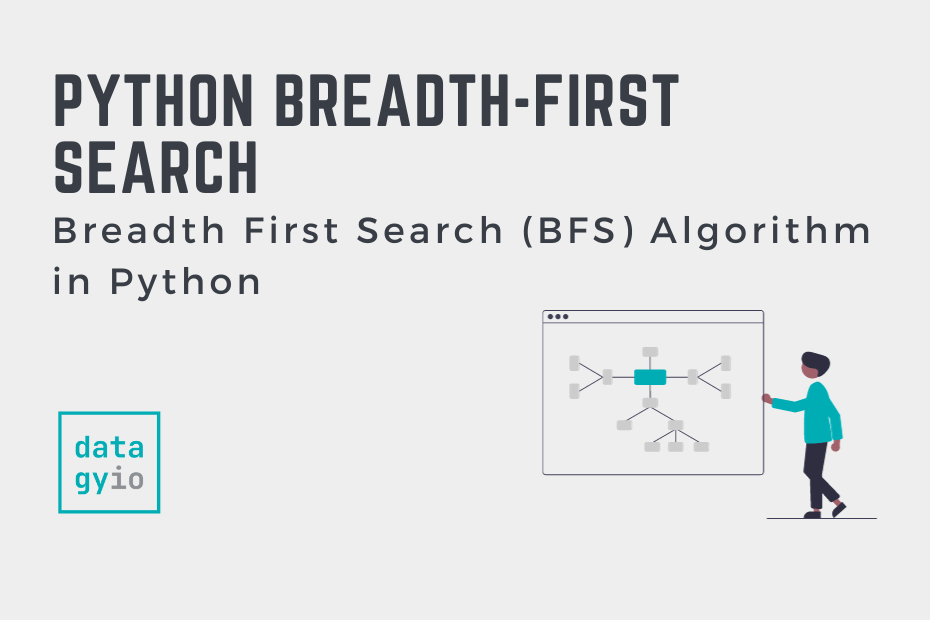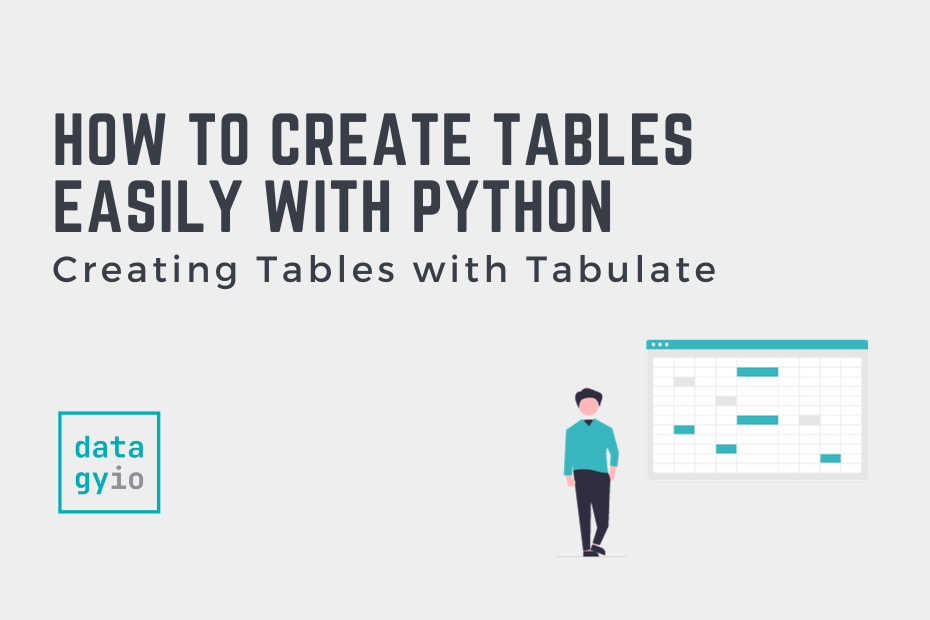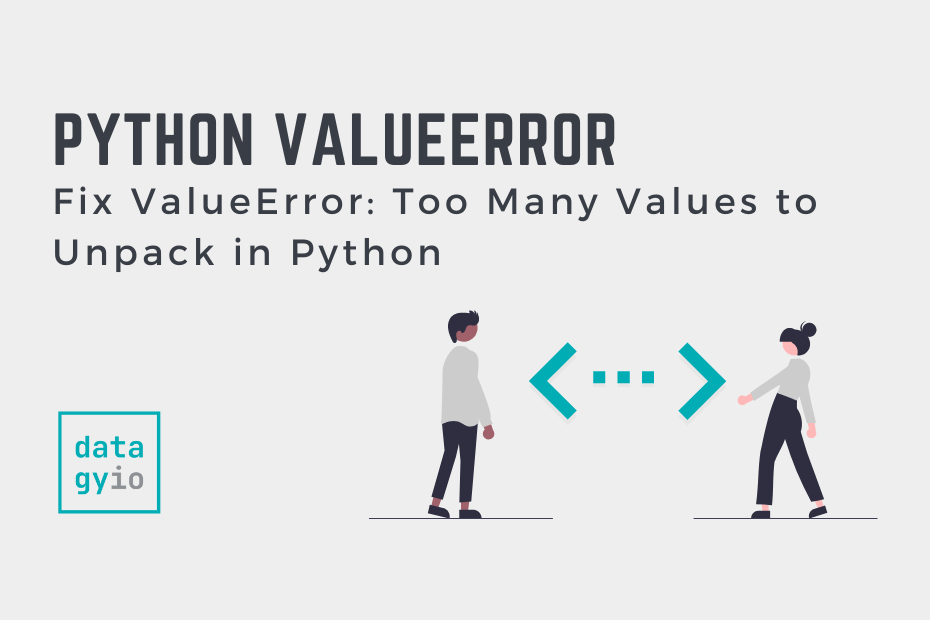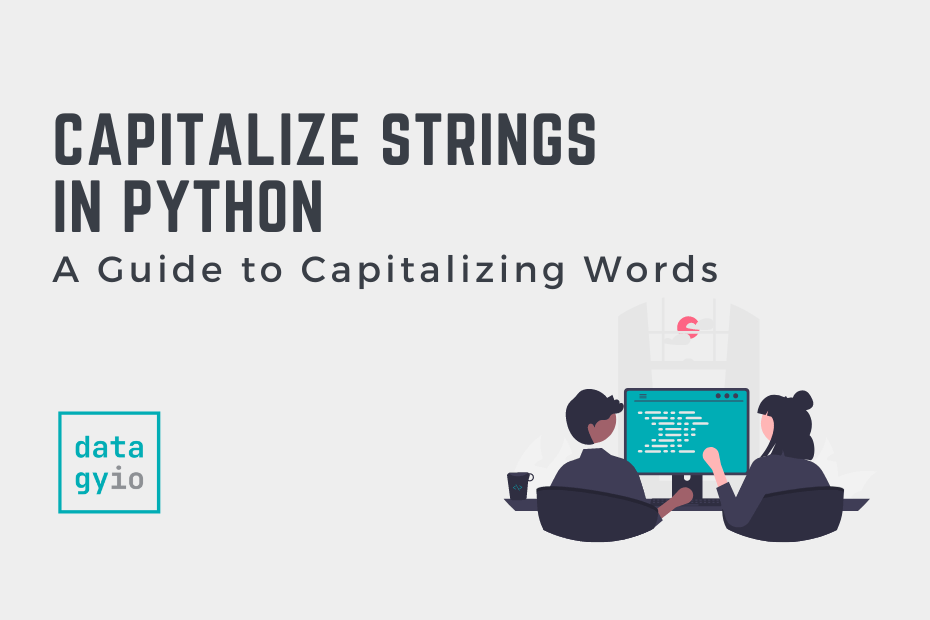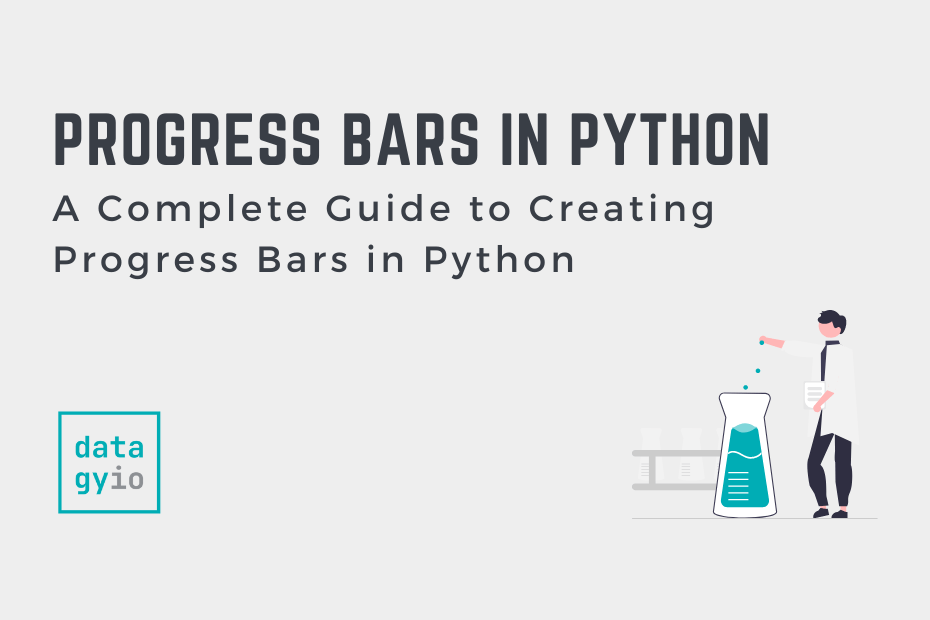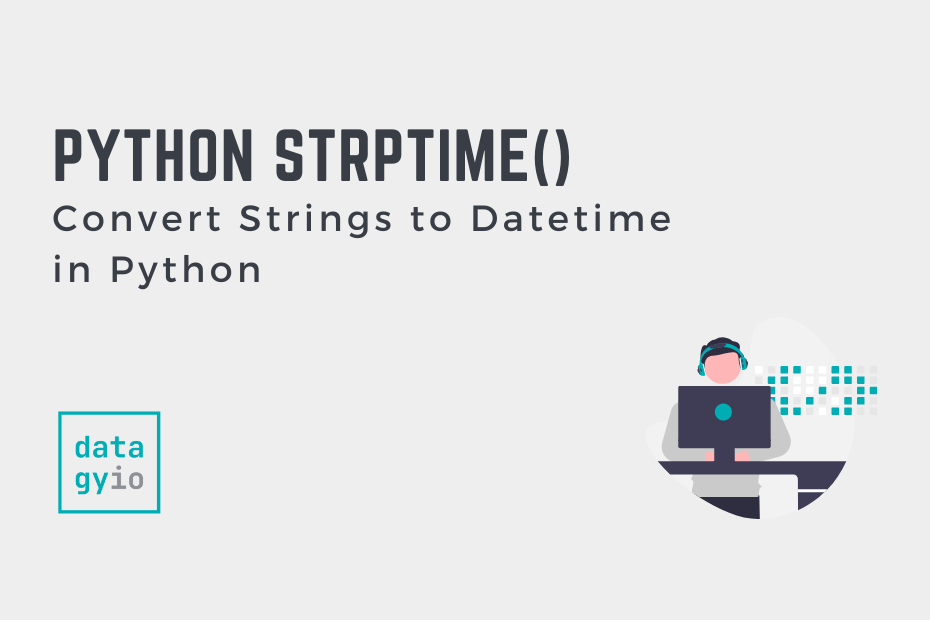Python itertools: A Complete Guide to Every Function
In this complete guide to the Python itertools library, you’ll dive into every single function available with easy-to-follow and practical examples. The itertools library is a hidden gem that comes bundled with Python and continues to grow. On the surface, many of the functions seem simple. Their power, however, is deepened when working with large […]
Python itertools: A Complete Guide to Every Function Read More »

